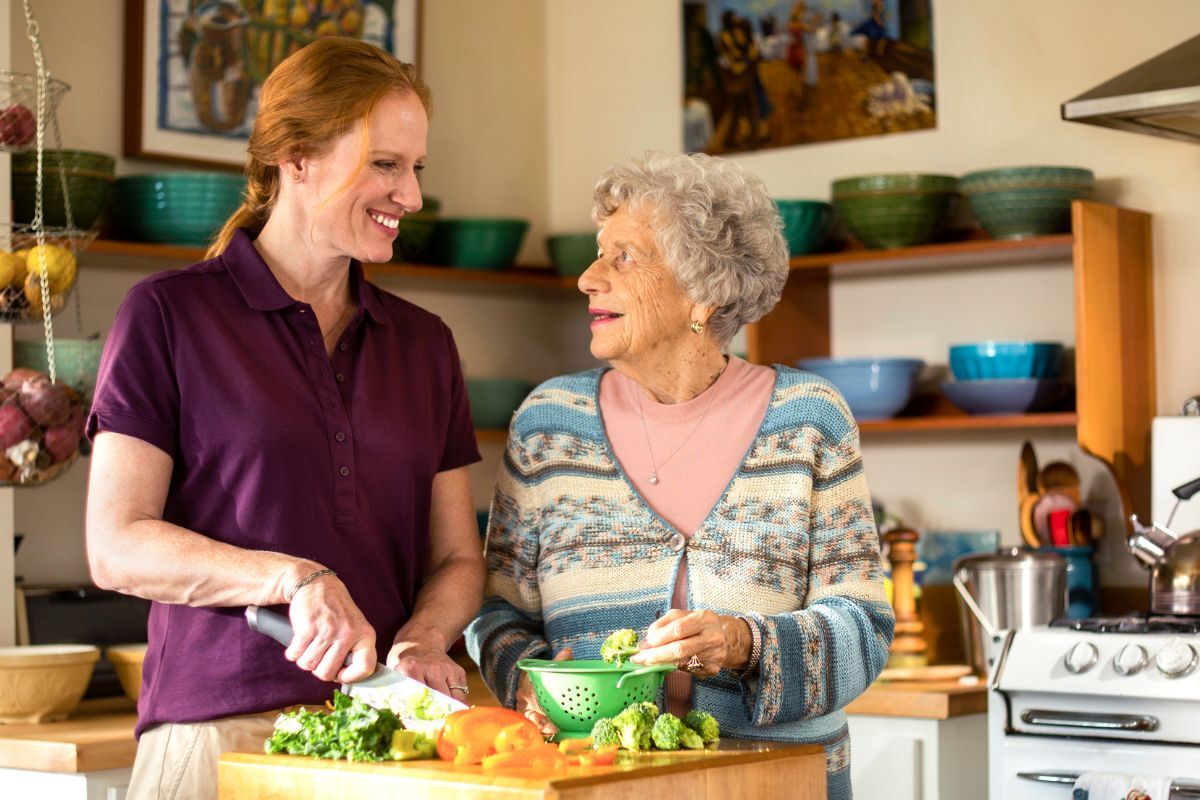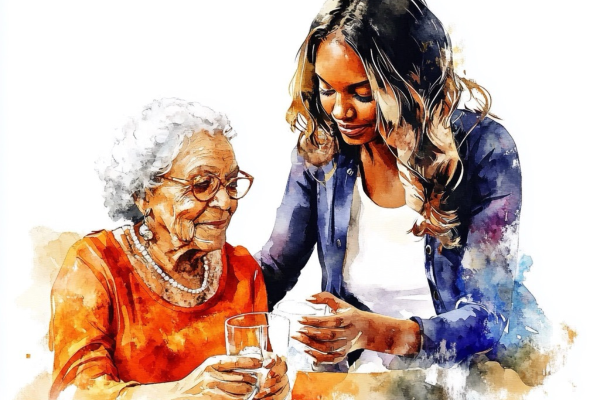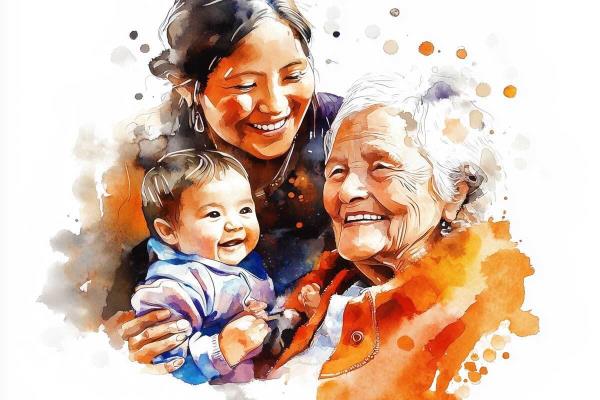A few weeks ago, I wrote about the scale of the challenge of caring for our growing aging population. The numbers don’t paint a pretty picture. More aging adults and fewer adult children who are able to care for them are creating an untenable situation that’s demanding new solutions for scaling care. Or more accurately, any solutions for scaling care. Because so far, care hasn’t successfully scaled.
To understand why, it helps to break down the challenge into five smaller pieces. This helps illuminate where we need to concentrate our efforts to overcome this global crisis.
1. Care is deeply personalized
Ask ten of your friends about their parents who are over the age of 75, and you’ll hear ten very different stories. That’s because aging adults span a broad spectrum of circumstances. Physically, they can run the gamut from avid cyclists to wheelchair users. Their day-to-day needs can vary from help with occasional home fix-its to feeding and personal hygiene. They may be in excellent health or living with a chronic disease or physical disabilities.
Beyond health and abilities, they have diverse interests. They come from a variety of cultures that may view aging, healthcare, or living arrangements very differently. They represent a wide range of socio-economic circumstances. They also know what they like and don’t like. And they tend not to stray too far from the experiences, services, or brands that they trust.
There’s no one-size-fits-all approach to care for people of any age, and maybe especially for aging adults. But as I shared in a recent article for VentureBeat, technology can solve for this. Data collection and machine learning can identify patterns and preferences that can inform truly personalized experiences. But there’s one thing all of those experiences need to have in common. See #2 below.
2. The human element is non-negotiable
A lot of scale challenges can be solved with automation. If the service you’re trying to scale involves taking orders or shipping products, automation is a slam-dunk. But when it comes to caring for people, we can’t remove human touch from the equation. Even if someone wanted a robot to care for them—say, dispensing medications or preparing meals—numerous studies show that human touch plays a positive role in the health of older adults.
The challenge is, with older people outnumbering the young, and an already stretched caregiver workforce—we call them Care Professionals, because that’s what they are—how do we provide human touch to all the humans who need it?
Here, we can’t look to technology to replace the human experience. We have to build technology to enhance it. Honor co-founder, Sandy Jen, recently wrote an article about the work her team is doing, building a technology and ops platform that’s creating better jobs for Care Pros. By professionalizing this workforce, they’re making the career more appealing, attracting more people to it, and keeping them in it longer.
While this is a great start, we have to keep innovating ways to enhance the human experience in order to scale care for aging adults to the extent needed.
3. Humans have limits
British anthropologist, Robin Dunbar, is a specialist in primate behavior. In his research, he found a link between the size of primate brains and the size of their social groups. Extrapolating what he learned to humans, he proposed that we can only maintain about 150 stable relationships.
That’s to say, we can only really know up to about 150 people and know how they relate to each other in that group. So, while you may have 500+ contacts on any given social media platform, it’s more likely that you only know how 150 of them are connected to each other.
What does this have to do with caring for aging adults? Let’s say you build a home care agency and earn a great reputation. More and more families come to you for help. But by the time you reach 50 Care Pros, 40 Clients, 50 sons & daughters and 10 office staff, you’re tapped out. You can’t really help more people with your amazing service.
We’ve actually seen this play out in our industry research. Agencies will tend to grow quite quickly, until they hit a wall. And that wall is often shockingly close to the Dunbar number. So the challenge here is, how can we build technology that enhances our relationships, creates an ever more personalized service, and removes the human limits around providing care?
4. It’s a fragmented market without meaningful standards
Right now, over 20,000 non-medical home care businesses operate independently in the US. The standards of care vary widely, as do the care offerings. Even their hiring practices differ—some companies contract with independent Care Pros, providing no benefits or job consistency, while others hire them as employees with benefits, paid training, and career growth opportunities.
The lack of standardization has made home care difficult for aging adults, their families, and Care Pros to navigate. It has also made it pretty near impossible to scale.
Technology can and is helping to solve this part of the scale challenge. In 2017 Honor gradually started to scale the platform we created for our own home care company, Honor Home Care, by partnering with other independent home care companies across the country. The Honor Care Platform combines local care, centralized operations, and advanced technology to standardize care, streamline operations, provide better jobs to Care Pros, and better care to older adults. Our 2021 acquisition of Home Instead has opened the door for us to standardize and scale care on a global level.
5. No one knows what’s working
Because of this massive market fragmentation and lack of standards, no one knows how to measure success. Most older adults find their home care providers because a discharge manager at a hospital or rehab facility refers them to a particular agency. Often, these discharge managers have to rely on nothing but word of mouth about the local agencies, because they don’t actually know what “good” looks like.
Technology allows us to quantitatively measure the level of care an agency provides. We can track outcomes, hospital readmits, staffing trends, customer satisfaction, employee retention—all of these metrics directly impact a Client’s home care experience. Our health care systems and home health providers use data and technology to measure success. There’s no reason home care shouldn’t as well. If we’re going to scale home care, we absolutely have to know what it takes to be successful.
Meeting the challenge
Honor’s Care Platform is the foundational layer that will allow innovators to build more and better capabilities to solve for the needs of the aging population—capabilities that allow for extreme personalization, enhance the human experience, enable more meaningful human connections, standardize and streamline the care experience, and quantitatively measure success. In the third and final article of this series, I’ll lay out what it will take for Honor to responsibly and successfully scale our platform, our company, and care for aging adults everywhere.
If you're interested in learning more about Honor, or joining our team, visit this page.




